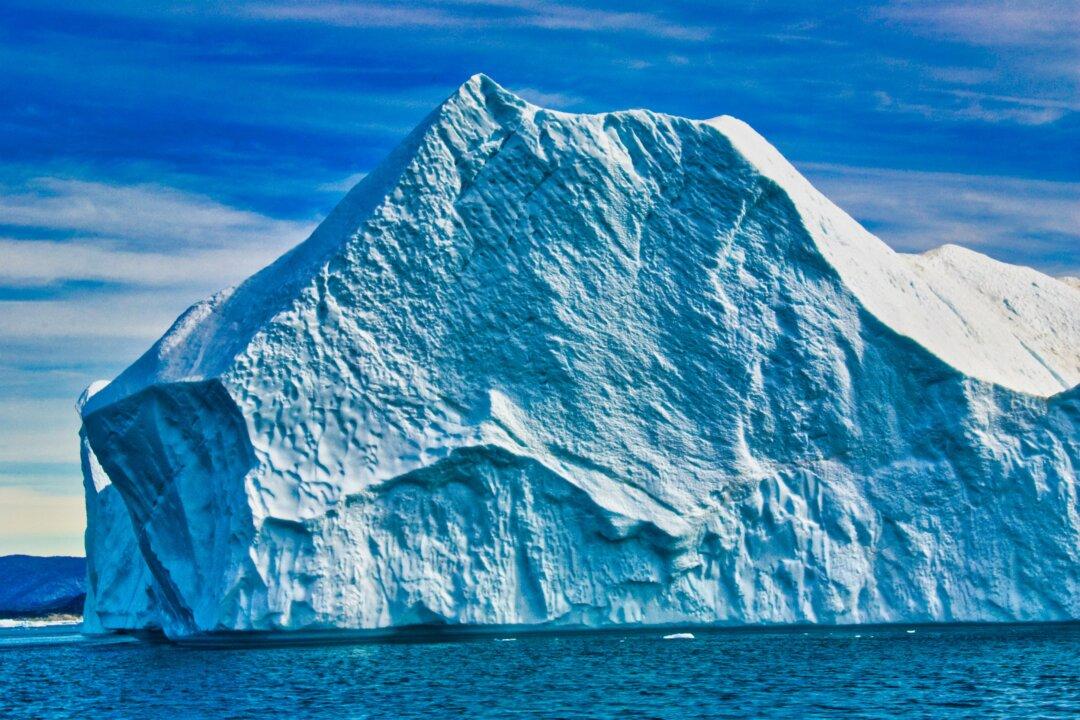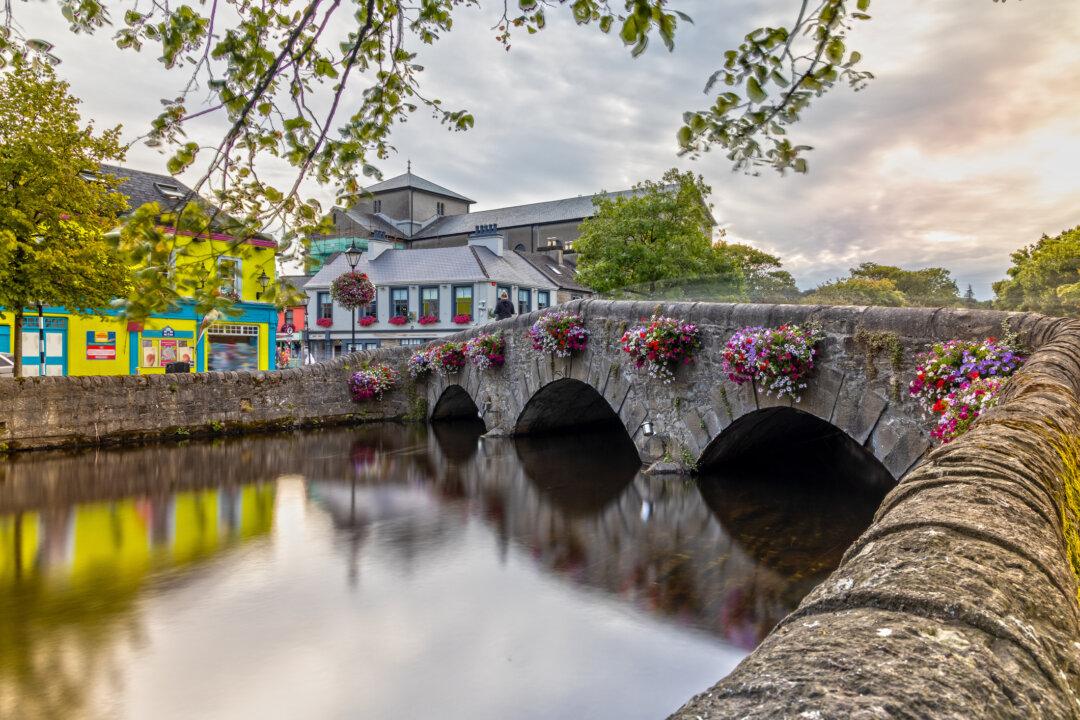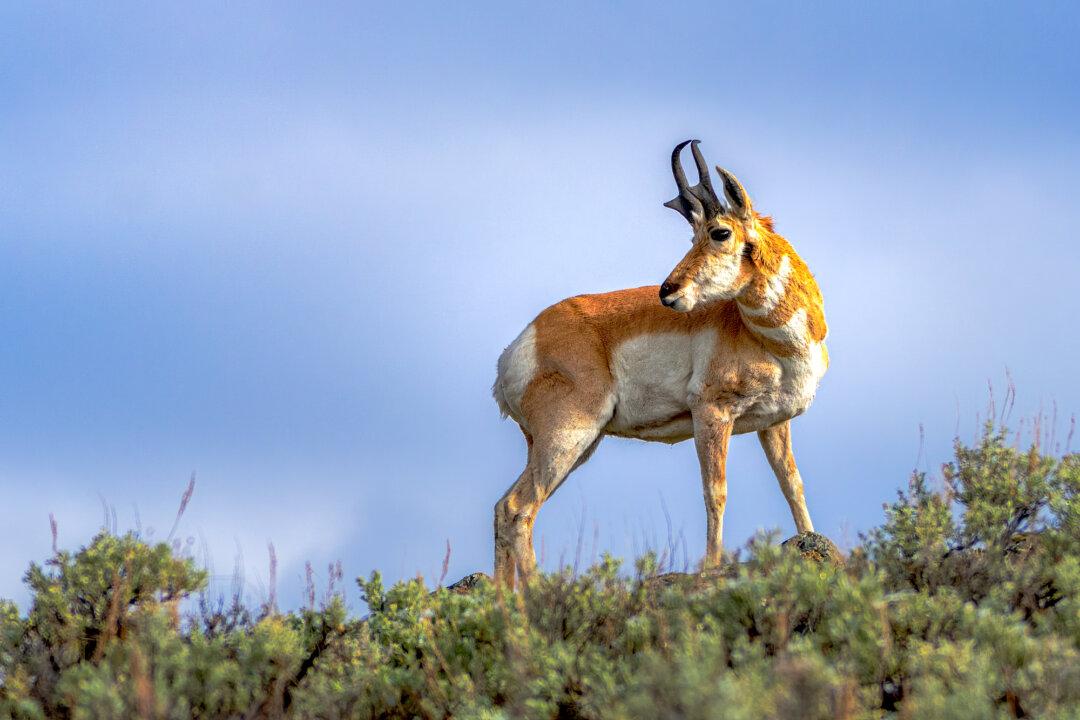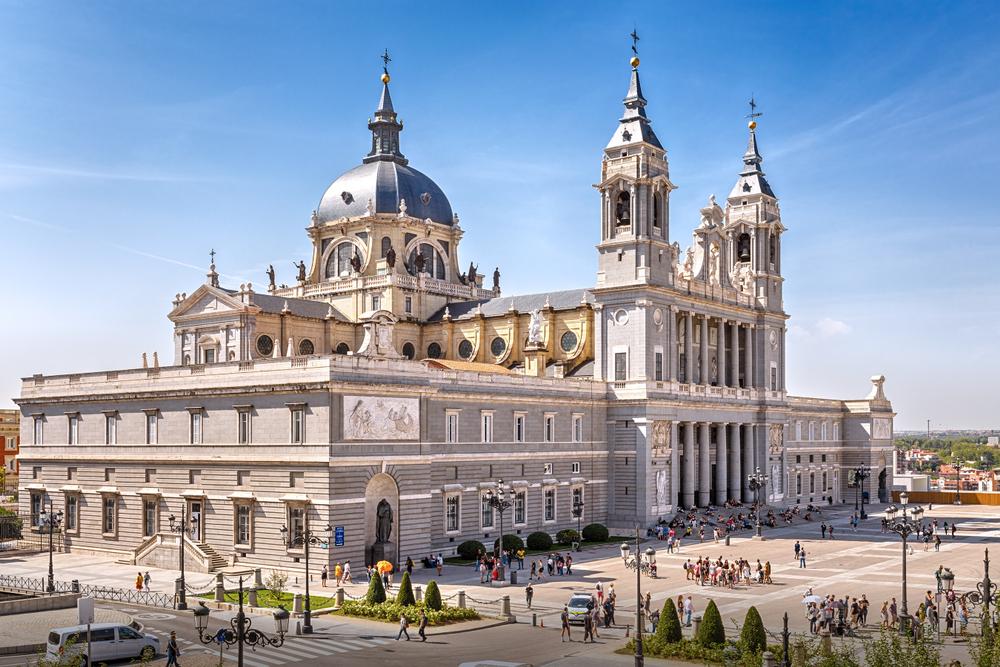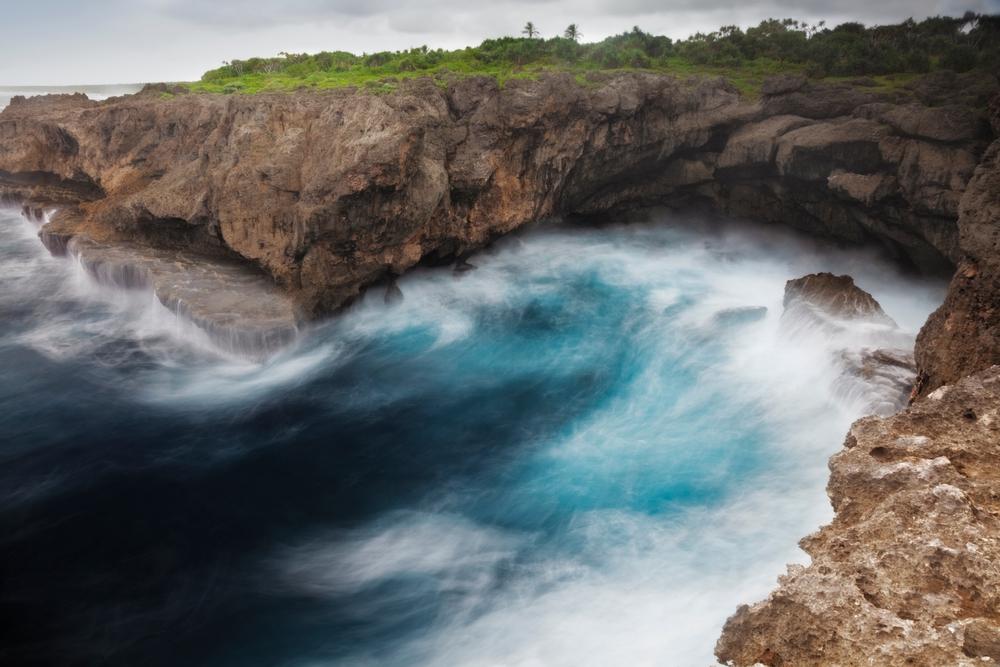When I visited Greenland a few years back, this autonomous territory of the Kingdom of Denmark—it’s not a country—had just begun an advertising campaign branding it as a travel destination beyond polar bears and igloos. Air Greenland had just launched its first direct flights from and to a hoped-for lucrative United States market, a five-hour flight from Baltimore, Md., to its airport at Kangerlussuaq.
My flight was about three-quarters empty—not an auspicious indicator for Greenland tourism. Pretty much the only interesting thing to do in the tiny village of Kangerlussuaq (pop. 500) where we touched down, I quickly discovered, is to board a flight to somewhere else.

